41 branches of major national banks, including Bank of America, Chase, and Wells Fargo, have been closed over a period of two weeks.
This move reflects the ongoing transition towards online banking, leaving many customers to reconsider their banking options. The trend is clear: digital is the future, but what does this mean for your local branch?
U.S. Bank Cuts Most Branches
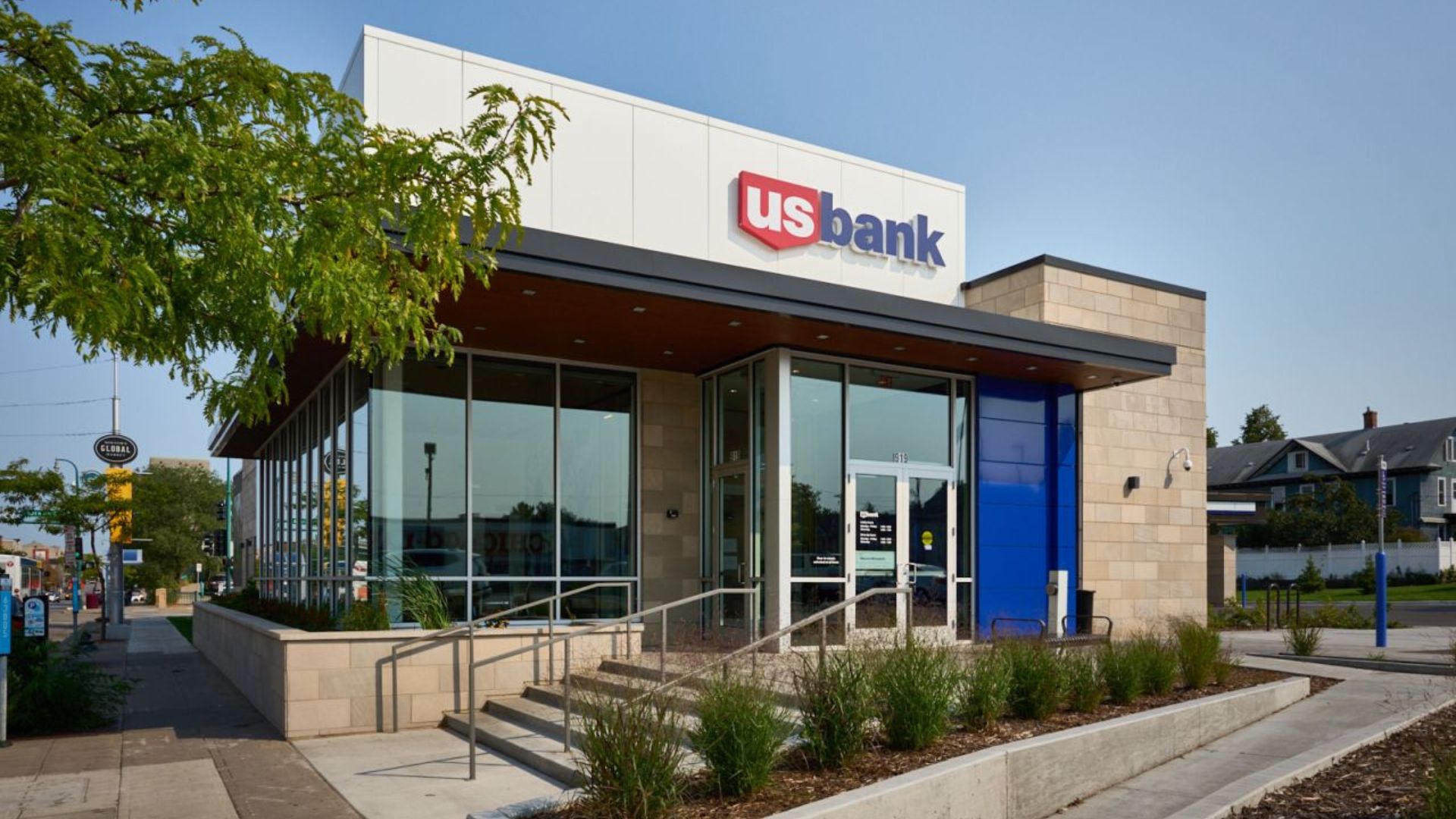
U.S. Bank experienced the largest number of closures, shutting down 13 local branches between August 4 and August 18.
This substantial reduction in physical branches is part of a broader banking industry trend towards consolidating resources and enhancing online banking platforms. Customers of U.S. Bank are particularly affected, facing a new reality of fewer in-person services.
Other Banks Follow Suit
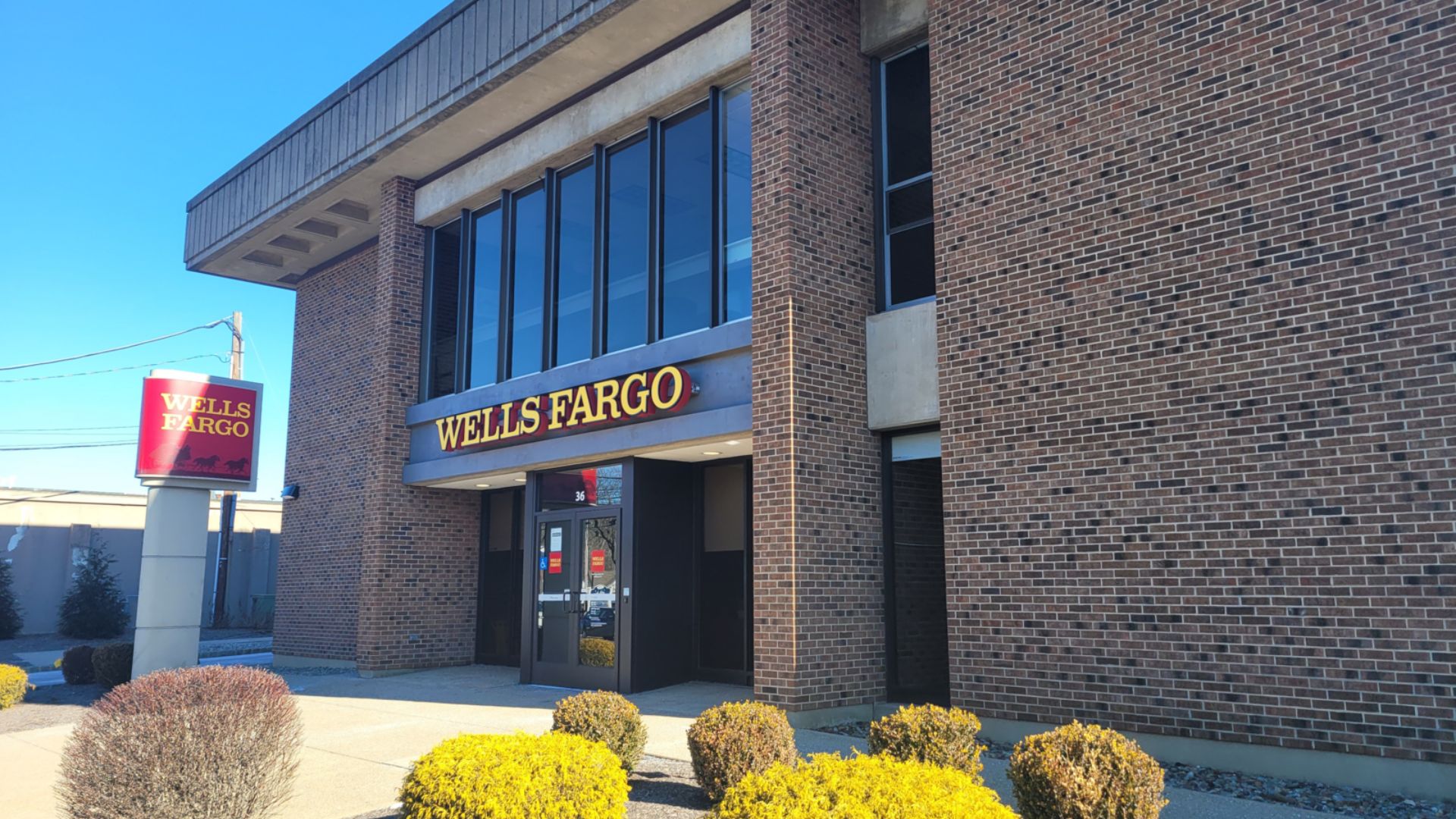
Following U.S. Bank, Wells Fargo closed seven branches, while Chase, Citizens Bank, and Bank of America each closed four.
Additional closures were reported by smaller banks like First National Bank, PNC, SouthState Bank, and Huntingdon, indicating a widespread industry shift. These closures spanned across various states, including Florida and Missouri.
Driving Factors Behind Branch Closures

The closures were reported to the Office of the Comptroller of the Currency (OCC), which monitors and publishes data on bank branch operations.
Andrew Murray, lead data researcher at GOBankingRates, said, “The majority of Americans, from Gen Z to boomers, are in less need of a traditional bank,” highlighting a key factor driving these closures.
Quick Closures
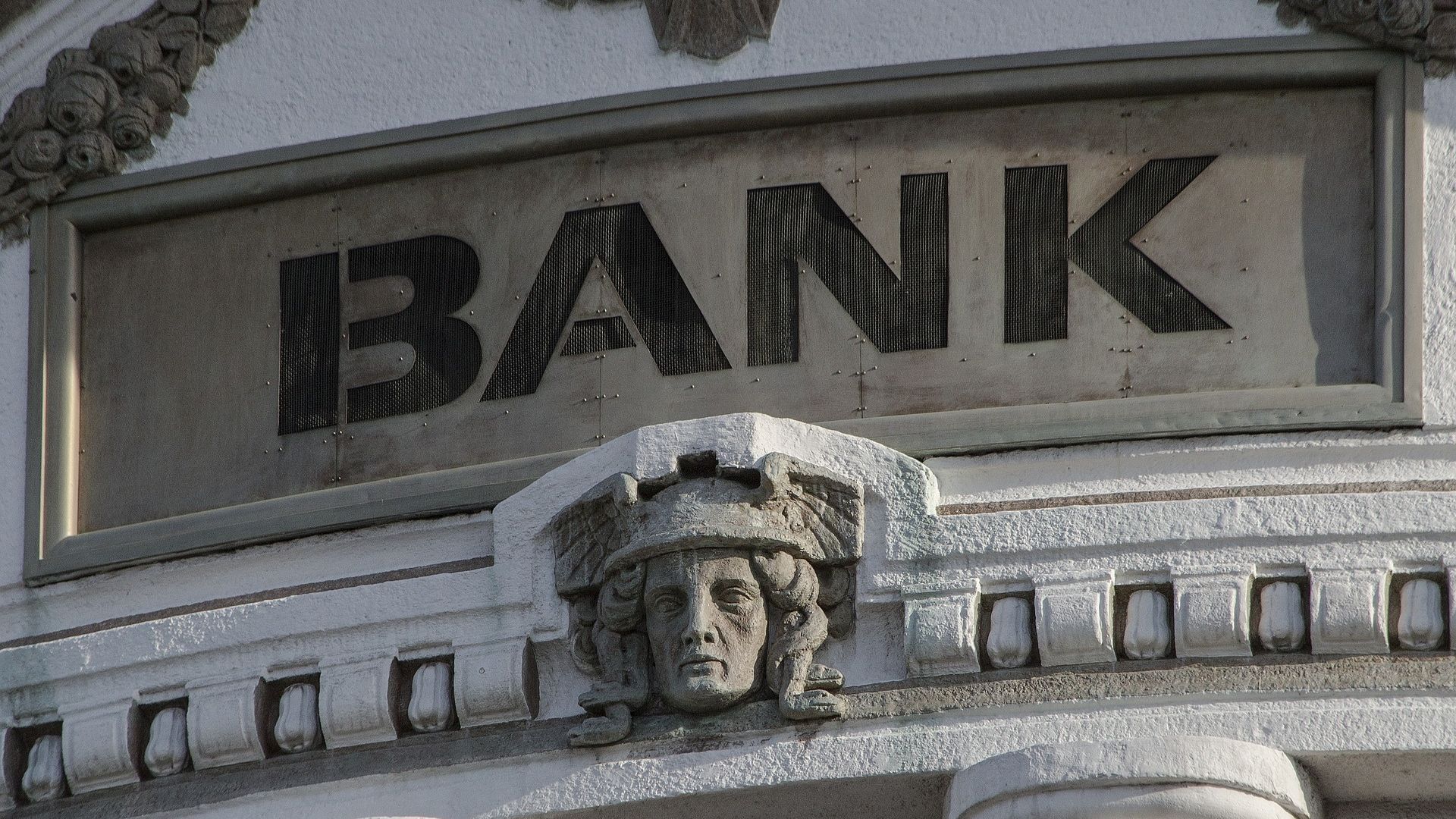
As national banks capitalize on consumers’ preference for online banking, physical branches are closing at a tremendous speed.
In July, U.S. Bank closed seven branches, and Bank of America shuttered six in the space of just a week.
Picking Up From Long-Term Trend

The rapid closure of physical bank branches is accelerating, but this has been a decade-long trend.
The last year the number of branches in the U.S. increased was 2011. That year, there were more than 85,000 branches nationwide. Since then, the number of branches has plummeted to about 70,000.
Increasing Preference for Online Banking

According to a recent survey by GOBankingRates, 78% of Americans prefer to use mobile and online banking, with nearly one in four stating they had not visited a bank branch in the past year.
This growing preference plays a significant role in why banks are choosing to close physical locations.
Economic Implications of Running Physical Branches
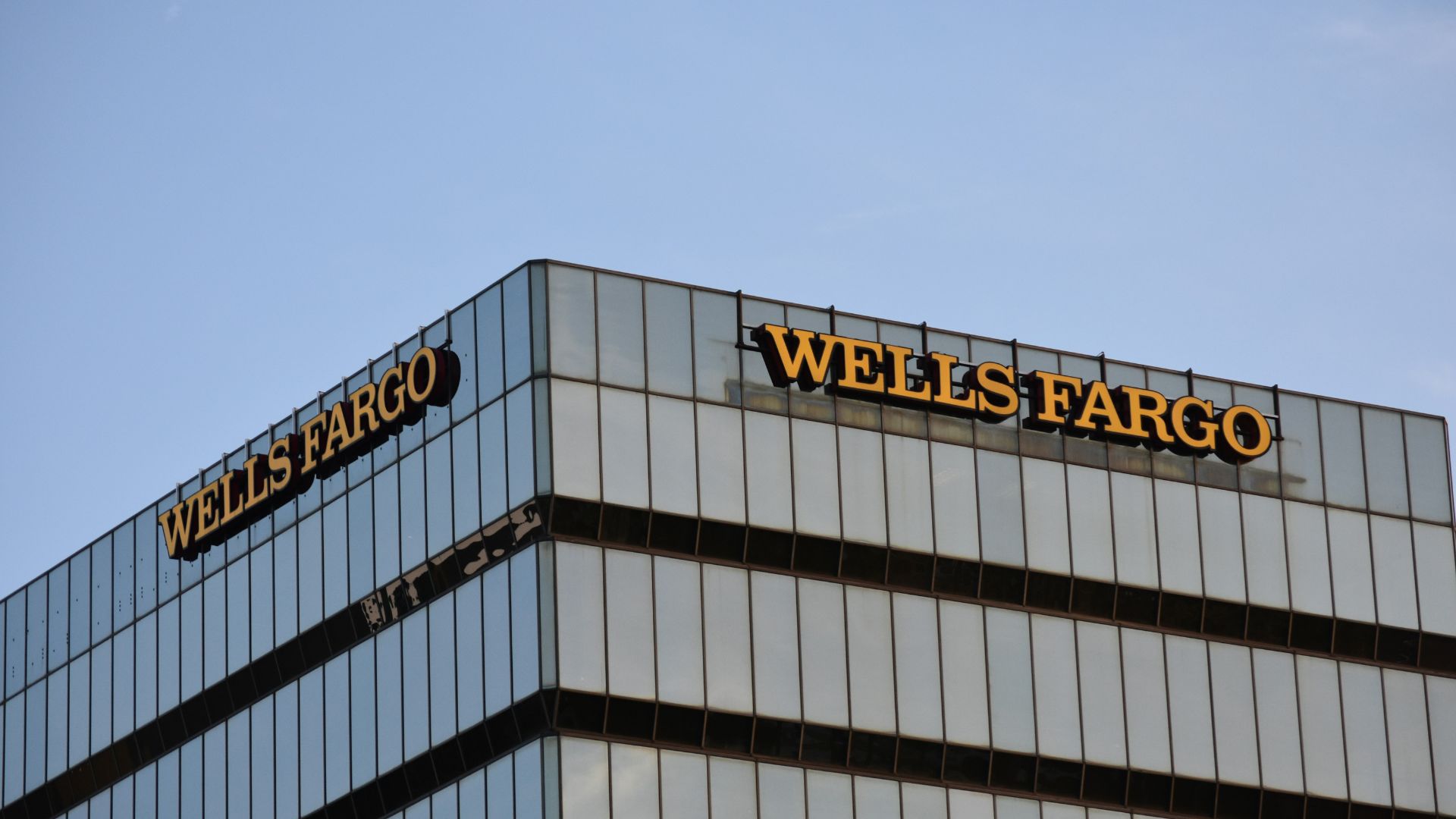
The decision to close branches also comes from economic considerations. Maintaining a physical bank branch is expensive, with costs including rent, maintenance, supplies, and staff salaries.
Murray noted, “It’s likely that overhead costs are a large factor especially given that our survey shows how infrequently people visit brick and mortar banks.”
Saving Banks Money

Closing down bank branches saves national banks a lot of money as maintenance and labor costs plummet per closure.
Steven Reider, founder and president of Bancography, said: “I think Bank of America has leaned into that more than the other large banks have.” Bank of America potentially saved nearly £100 million in January and February alone.
Overview of 2023 Bank Closures
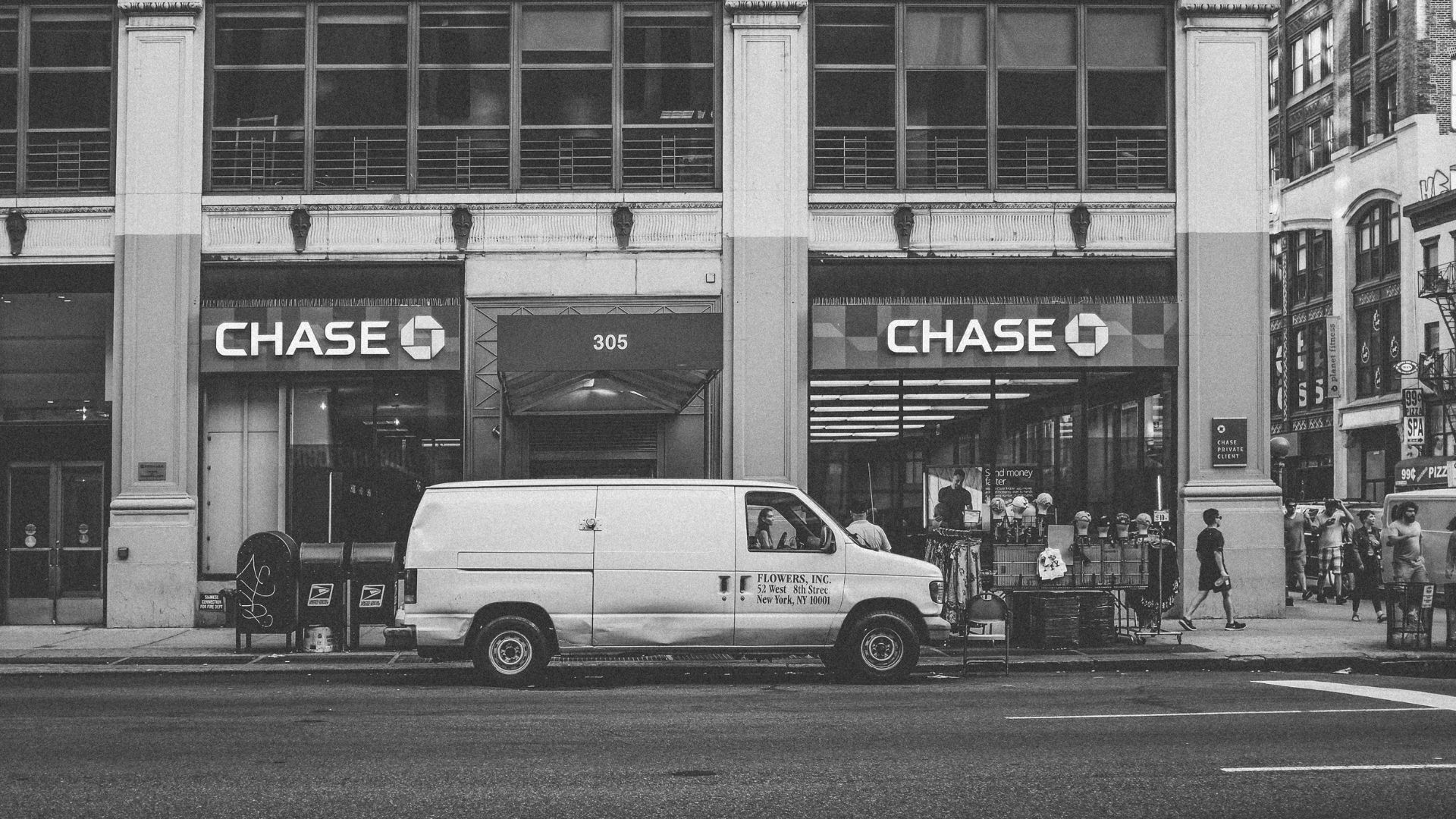
The first half of 2023 saw a drastic increase in bank closures, with 539 branches shutting down nationwide.
This trend was most pronounced in California, which saw 72 closures, followed by New York with 51, and Pennsylvania with 40, reflecting a significant reshaping of the banking landscape in these states.
Wells Fargo Adjusts Branch Network

Wells Fargo has been actively adjusting its branch network to better serve its customers.
The bank stated, “Over the last several years, we have rightsized our branch network, and we may continue to combine two older existing branches into one better situated location.”
U.S. Bank Emphasizes Online Transition

U.S. Bank highlighted its ongoing strategy to adapt to customer preferences for simpler, more digital solutions.
“As we evolve along with our clients, we are reevaluating our physical footprint, and in some instances, consolidating branch locations in select markets,” the bank stated earlier this year, emphasizing its commitment to aligning operations with customer needs.
Complete List of Closed Branches

For those wondering whether their local branch is still operational, a complete list of the closed branches, along with their addresses, has been made available.
This information is crucial for customers needing to find alternative banking solutions or considering the switch to online services.
How Customers Are Adapting

The closing of numerous bank branches has elicited varied reactions from customers. Many are transitioning to online banking, while others are seeking new branches.
The feedback has been mixed, with some appreciating the push towards digital efficiency and others concerned about losing personal interaction with their bankers.
The Majority’s Preferred Method
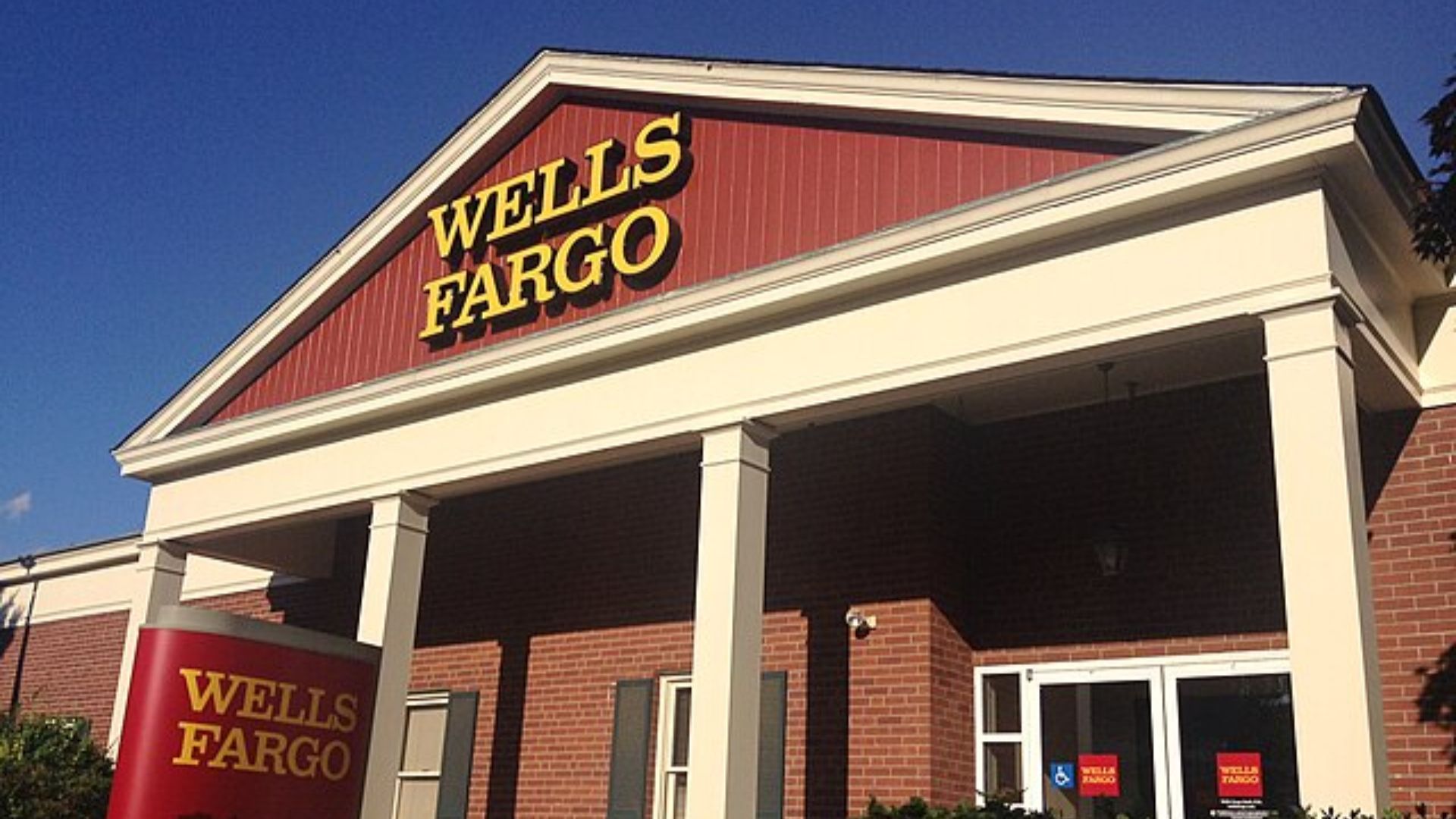
While some might feel left behind by national banks’ shift towards online transactions, most customers prefer banking from the comfort of their own homes.
Even among the elderly (ages 65 and older), 67% said they prefer online or in-app banking over visiting a physical branch.
Waving Goodbye to the Downsides
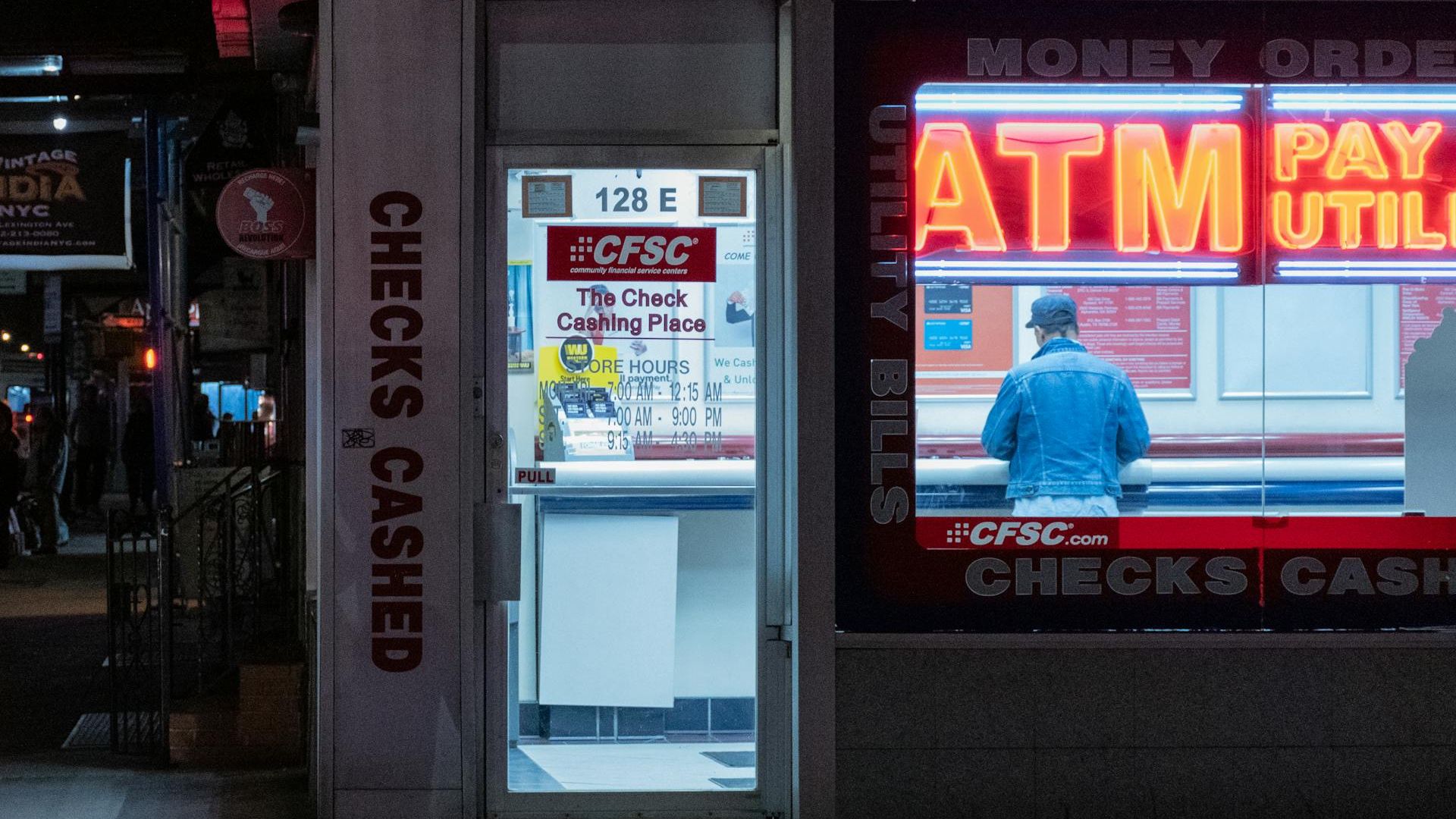
While there are perks to visiting a branch, banking in person has its inherent downsides that online banking remedies.
“Customers must visit a physical branch during operating hours, which may be inconvenient for those with busy schedules or limited mobility,” said Sumeet Grover, chief digital and marketing officer at Alliant Credit Union.
Constant Access to Banking

A major benefit of online banking is round-the-clock access to your bank’s services, no matter where you live.
“In-person banking is also inherently limited by the physical locations of branches, potentially excluding customers who live in remote areas,” said Grover.
Rural to Urban Conversion
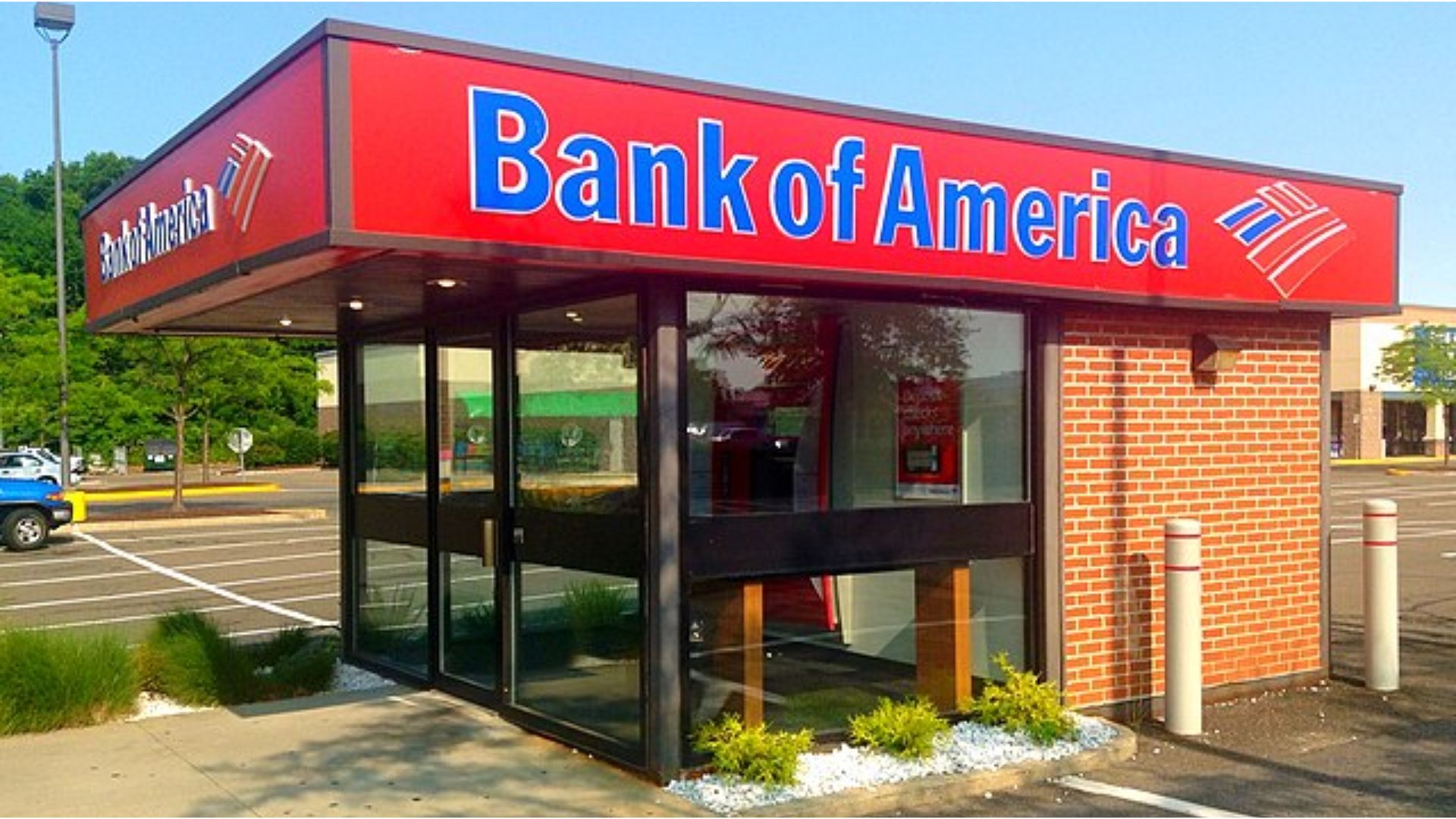
Reider explained that bank branches are undergoing a rural-to-urban conversion.
“As we become an increasingly urbanized country, the demand in these legacy rural markets just fades away,” said Reider. While banks are trying to lean further into markets they are already in, rural customers need to take advantage of online banking more often.
Quicker Transactions

There are good reasons why customers tend to prefer online banking.
While in-person transactions include standing in a line or scheduling appointments, online banking is instantaneous and constantly accessible.
A Few Sacrifices for Digital Banking
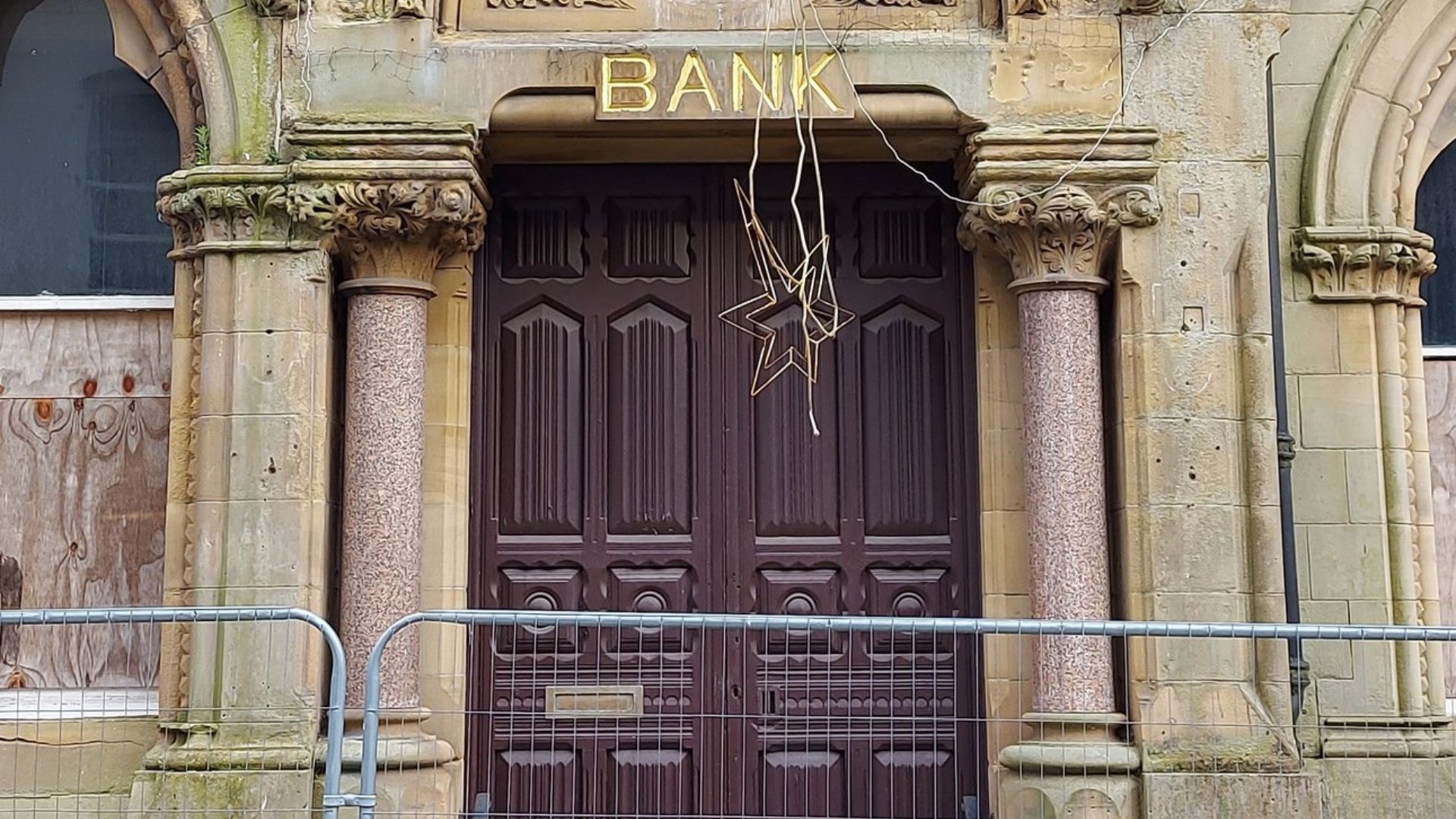
While online banking is generally more efficient, there are some caveats to closing down hundreds of bank branches within a year.
Sonali Divilek, head of digital products and channels at Chase, said: “At the branch, people can conduct transactions, including more complex ones, and also get advice. They can talk to a banker about how to grow and build a business, get information on home loans and the processes of owning a home, and other important conversations on how to make their money, support their goals, and their future.”
The Rise of Neobanks

New technology is pulling customers away from traditional banking.
The rise of neobanks is becoming increasingly popular for customers. These are apps, software, and other technologies that streamline mobile and online banking. They tend to specialize in a specific financial product, like checking or savings accounts.
Customers Embracing Neobanks
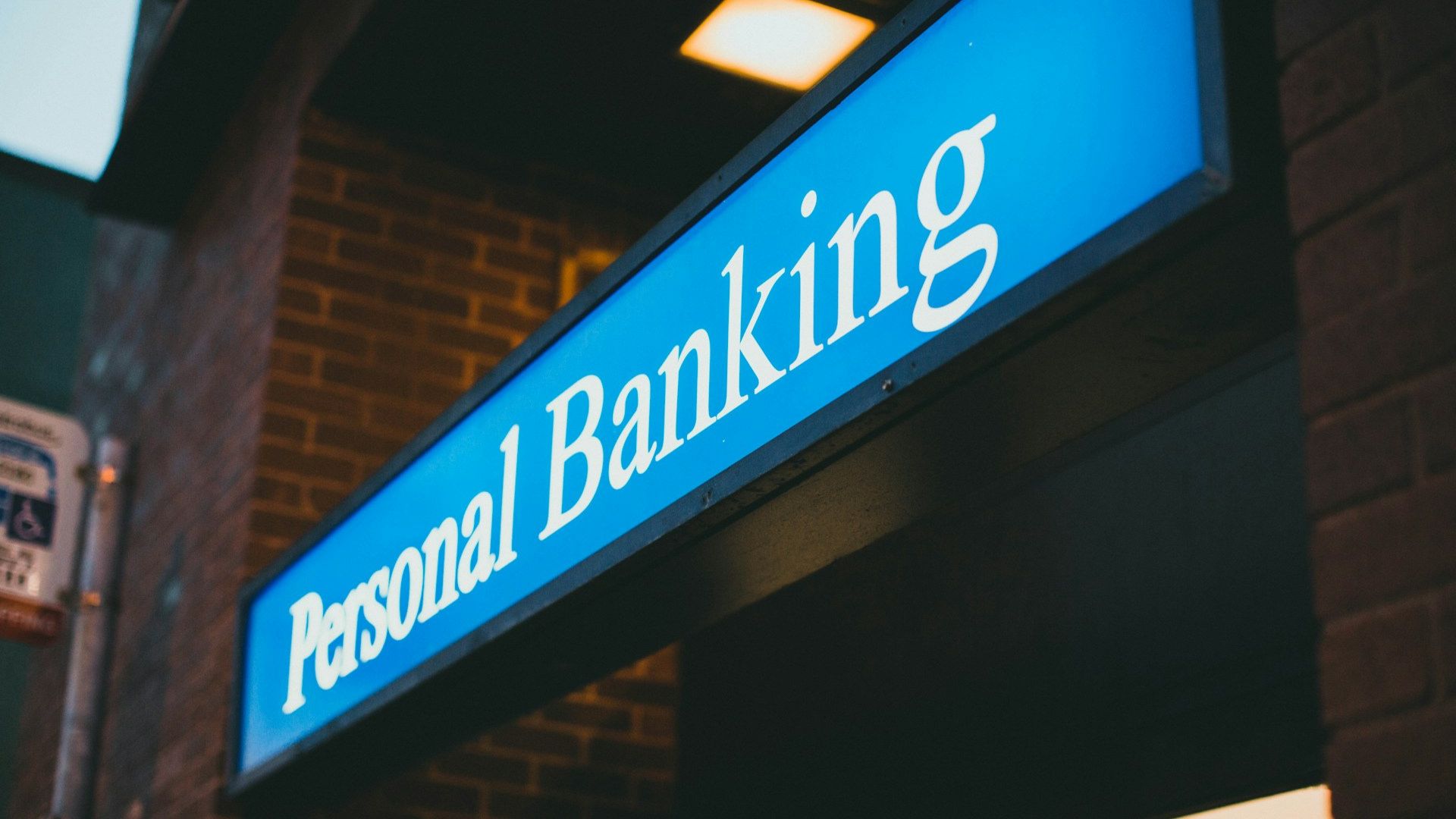
A significant proportion of Americans are open to neobanks.
Around 47% of Americans are using or have considered using a neobank within the past year. These specialized products are especially appealing to younger generations, with 54% of Gen Z adults, 53% of young millennials, and 65% of older millennials saying they have considered using a neobank.
Making It to the End
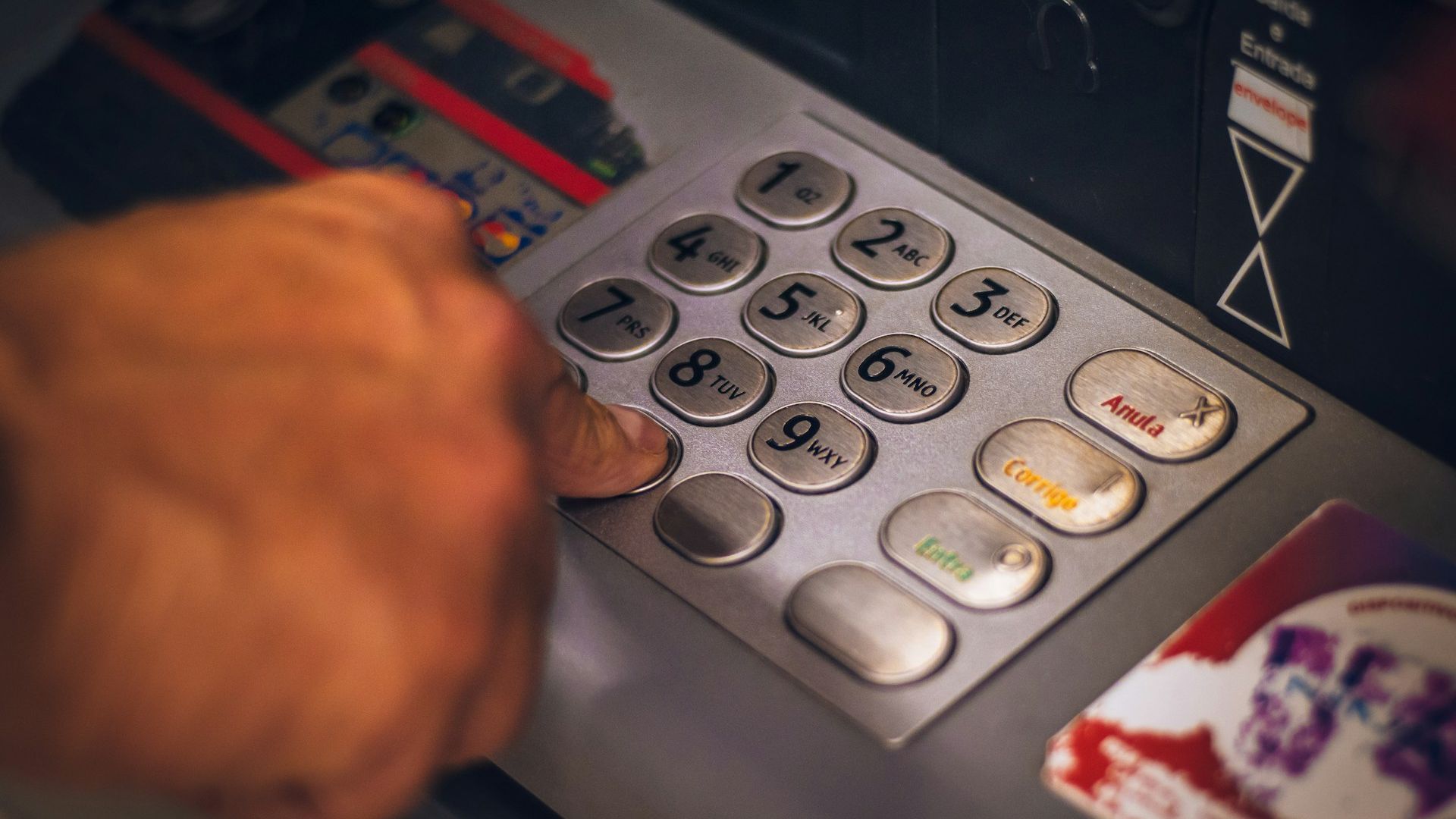
More than 220 bank branches closed their doors across the country within the first two months of the year.
If the current rate of closures continues throughout the year, there will be 1,300 bank closures by 2025.
Future of Banking
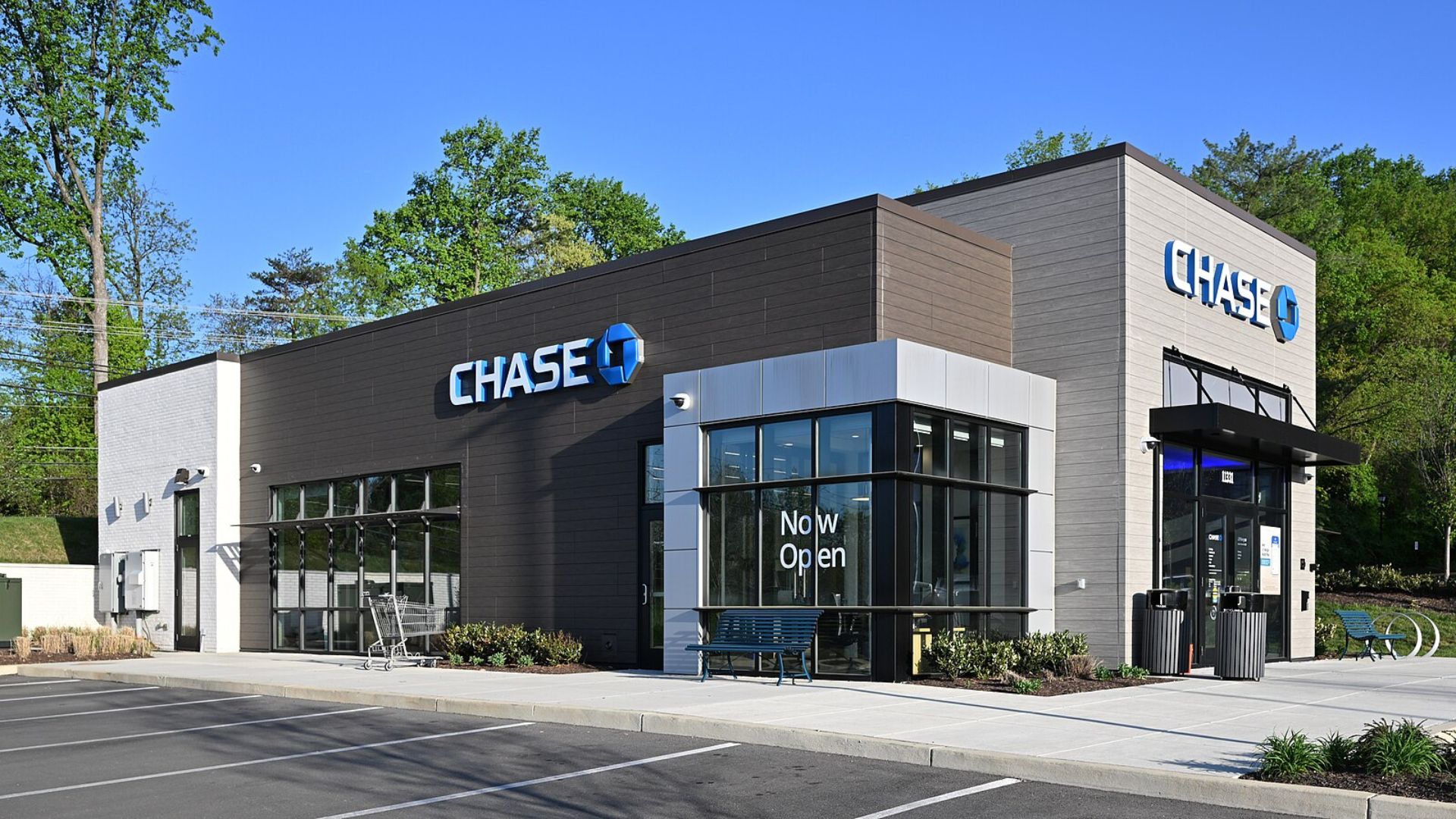
As these changes unfold, the future direction of national banks continues to focus heavily on digital banking solutions.
With the landscape of banking undergoing such transformative changes, customers are encouraged to stay informed and adapt to new ways of managing their financial lives through available online and mobile banking services.
